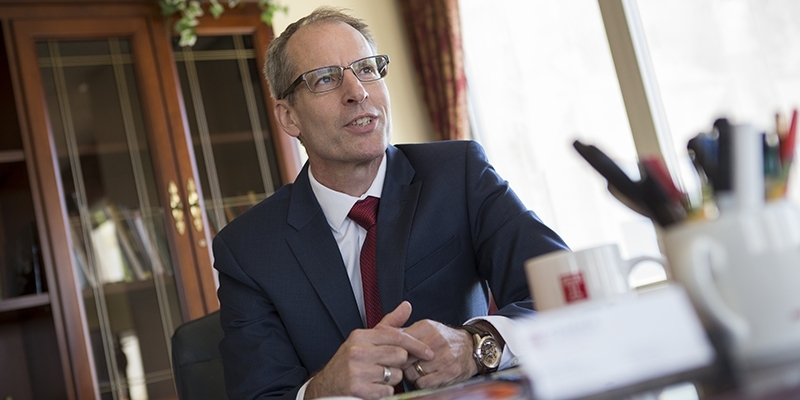New faculty are experts, innovators and leaders
The university’s momentum is helping to attract high-caliber artists, researchers and scholars from top universities.
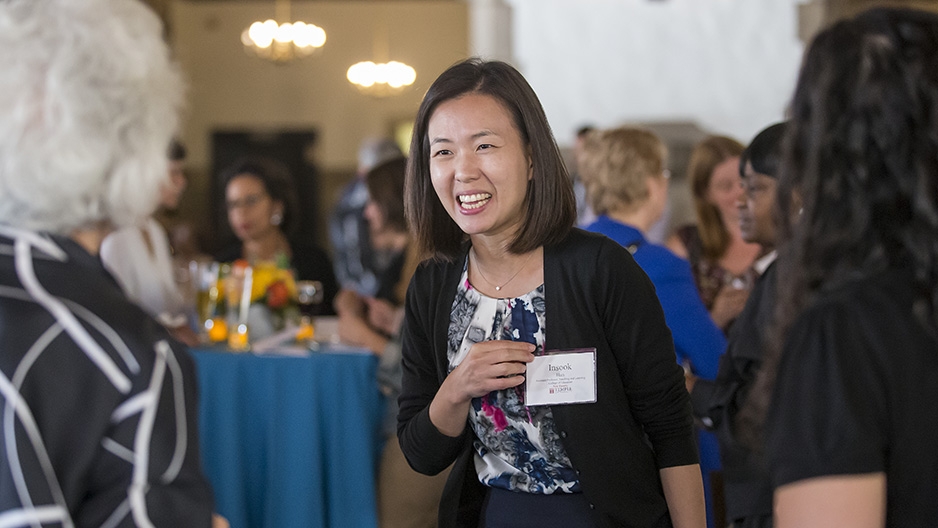
Temple University recruited 176 new, full-time faculty for the 2016–2017 academic year, many from top universities around the world. Representing broad and diverse areas of expertise, these new faculty members add to Temple’s standing as one of the nation’s top urban public research universities.
“This year’s new hires include distinguished professors, world-renowned leaders and trailblazers in their fields,” says Acting President Richard Englert. “When combined with Temple's current faculty who excel in teaching, research and contributing to our community, it's clear that our momentum as a university is in good hands.”
Provost JoAnne A. Epps agreed the university’s reputation is enhanced by the addition of new leaders in their fields.
“We are fortunate to be in a position where recruiting outstanding faculty is a priority,” said Epps. “Our strong reputation, soaring research funding and exceptional academic opportunities help us attract high-caliber scholars, researchers and artists, who choose Temple as their home.”
For example, the College of Science and Technology hired Jamie Payton and Richard Souvenir, a married couple who come to Temple from the University of North Carolina at Charlotte. Payton, an associate professor in the Department of Computer & Information Sciences, earned her DSc degree from Washington University in St. Louis. Her research focuses on the design of pervasive and wearable computing systems. She is also the director of the nonprofit STARS Computing Corps, a national alliance of colleges and universities working to expand interest in computing.
“I am most satisfied with my research work when I am able to explore real problems that have social impact. Most recently, my work has focused on creating wearable computing systems that promote health and well-being,” Payton said. “Temple has a history of community engagement and encourages multi-disciplinary collaborations, so it is a great place to tackle the kinds of projects that I find the most compelling.”
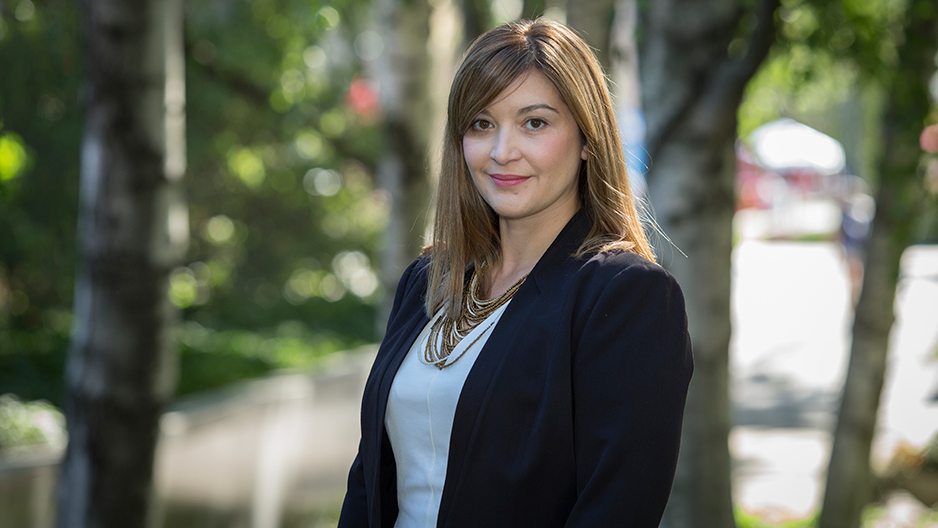
Jamie Payton
Photography by: Betsy Manning
Souvenir, also an associate professor in the Department of Computer & Information Sciences with a DSc degree from Washington University in St. Louis, will focus on his research interests, which include computer vision, machine learning, and biomedical image and human motion analysis, and their application to understanding human activity. His interdisciplinary approach to research allows him the opportunity to collaborate with architects, anthropologists and clinicians in radiology and trauma surgery.
“My research in computer vision and machine learning involves designing algorithms to analyze images and videos as varied as medical scans, surveillance footage and YouTube clips. There are many interesting problems in these areas and, thus far, I've had the chance to collaborate with physicians, architects and social scientists,” said Souvenir. “One of the reasons that I chose to join Temple was the opportunity to work with some of the many world-class researchers in the CIS department and across the university.”
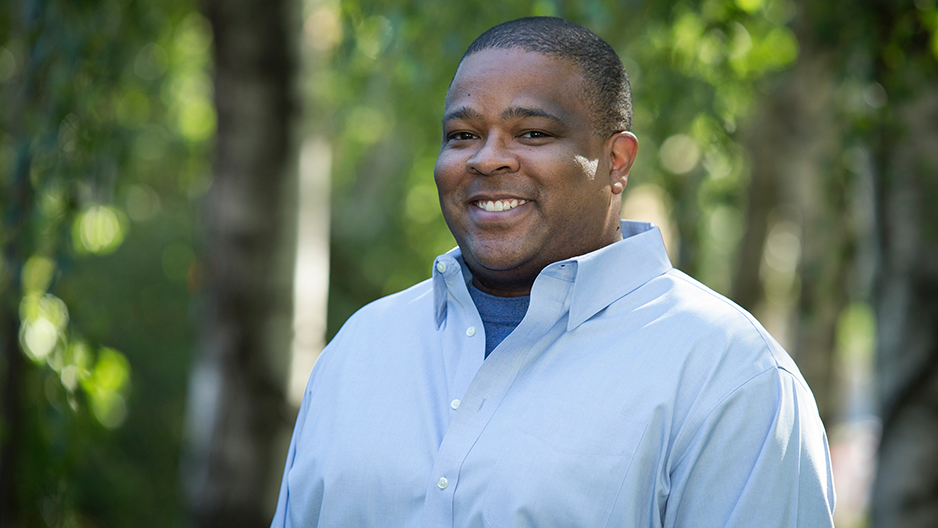
Richard Souvenir
Photography by: Betsy Manning
The School of Media and Communication welcomed several new faculty members including Aron Pilhofer, a pioneer in digital journalism. Named the James B. Steele Chair in Journalism Innovation, Pilhofer comes to Temple from The Guardian, where he was executive editor of digital and chief technologist. He previously served as the associate managing editor for digital strategy and editor of interactive news at The New York Times. He drove both papers’ online transformations and developed new journalism initiatives and tools. As co-founder of DocumentCloud, a platform that improves journalism by making it easier to find, search, analyze and share online source documents, Pilhofer also embodies the entrepreneurial spirit found at Temple.
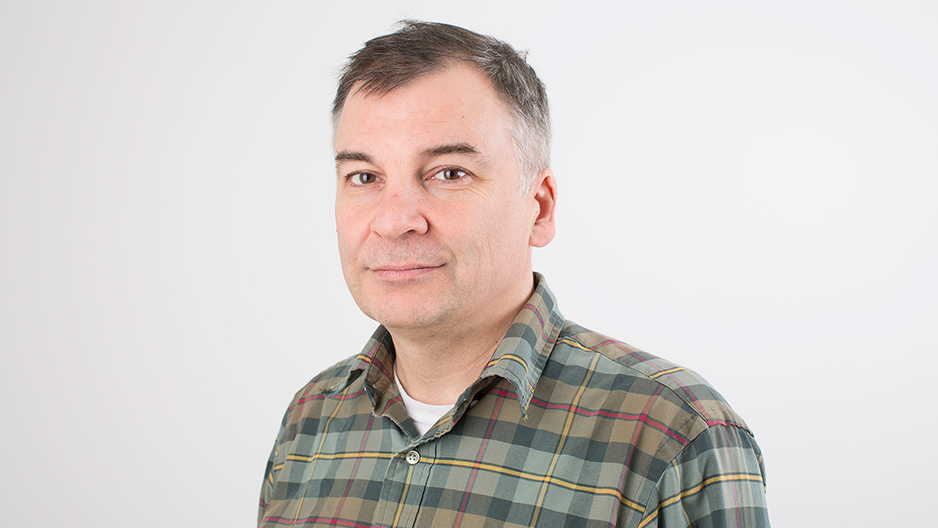
Aron Pilhofer
Photography courtesty of Aron Pilhofer
David Sarwer was among the several new faculty to join the College of Public Health in the last year. He joined the college as associate dean for research, director of the Center for Obesity Research and Education and professor of social and behavioral sciences. Sarwer’s research focuses on the causes and treatment of obesity, specifically the psychosocial and behavioral aspects of extreme obesity and bariatric surgery. He also has a line of research investigating the psychological aspects of physical appearance. Sarwer comes to Temple from the Perelman School of Medicine at the University of Pennsylvania.
“For the past 20 years, I've been engaged in research on the etiology and treatment of obesity and working in a medical school environment. I'd like to think that I was able to improve the health and well being of my research participants and patients,” Sarwer said. “However, during that time, obesity has become one of our country's most significant public health issues. The field desperately needs the development of novel prevention strategies and treatments to arrest the growth of the epidemic. I'm honored to join the stellar faculty of the Center for Obesity Research and Education, each of whom are recognized authorities in the field.”
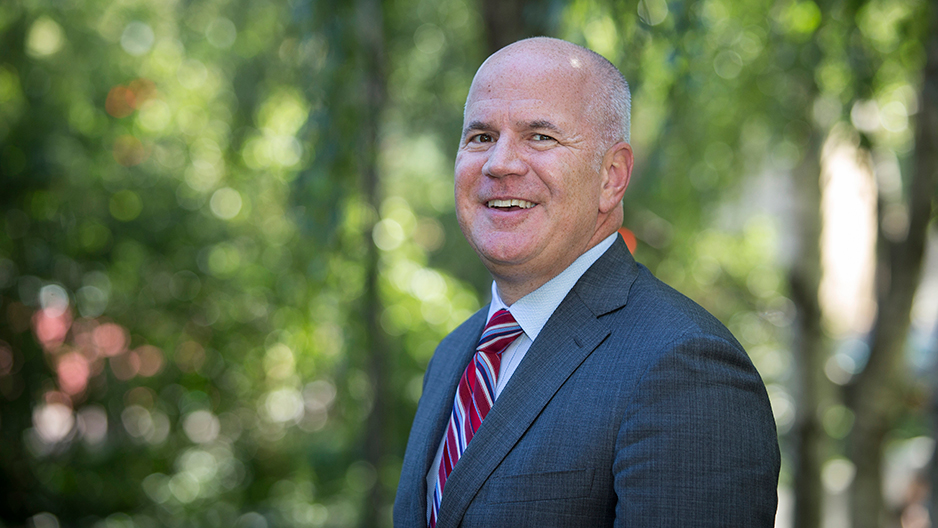
David Sarwer
Photography by: Betsy Manning
Meet more of Temple’s newest faculty:
Amina Robinson, TFM ’99, ’03, assistant professor of instruction, Department of Theater, School of Theater, Film and Media Arts
- Last employer: As an actor I have had many "last employers." My favorite of those include the company of Mamma Mia on Broadway and the Broadway National Tour of Little Shop of Horrors.
- What attracted you to Temple? Well, Temple feels like home. I earned my undergraduate degree as well as my MFA from Temple University. I am Temple Made all the way. It has been wonderfully "full-circle" to find myself back here as a professor.
- What do you hope to accomplish? Temple University helped me develop a very confident and open-minded sense of self. My former professors encouraged, guided and made me feel genuinely cared for within my artistic growth. If I am able to provide that to my students, helping them expand and explore, my time here is well spent.
- Fun fact: I used to perform in musicals for a living, but I have always had a phobia of singing in public.
Victor Hugo Gutierrez-Velez, assistant professor, Department of Geography and Urban Studies, College of Liberal Arts
- Last employer: Columbia University
- What attracted you to Temple? Both the ongoing academic momentum of the university and the great potential to contribute with my work to make Temple even better. Temple is the place where I can see my research having a great positive impact on students, academia and society in general.
- What do you hope to accomplish? I want to work together with other faculty and students to provide information and tools to help achieve better, more sustainable futures for people and nature.
- Fun fact: If all trees in the world were stacked on top of the other, the height would be the equivalent to going to the sun and back about 200 times.
Daniele M. Bourget, assistant professor of clinical emergency medicine, Department of Emergency Medicine, Lewis Katz School of Medicine
- Last employer: Pennsylvania Hospital at the University of Pennsylvania
- What attracted you to Temple? The Temple Emergency Department is well known for having notable faculty, a strong residency program and for caring for the most critical and complex patients. After completing my residency at Temple years ago, I knew this was where I wanted to end up long term.
- What do you hope to accomplish? I am excited about teaching an elective course to Temple medical students interested in global health. I will also be a member of the medical school admissions committee, and hope to continue to recruit a diverse and well-rounded group of future physicians.
- Fun fact: I'm an avid dancer. I was a classically trained ballerina for 12 years and have been studying Afro-Cuban and West African dance for the past 10 years.
—Hedy Taub Baker
